When choosing a soldering iron tip, it's important to consider the type of soldering work you will be doing and to select a tip that is appropriate for the task. Different soldering iron tips are designed for different types of components, and the right tip can make a big difference in the quality and reliability of your soldering work. In general, four main soldering iron tips are commonly used, and each type has unique characteristics and advantages.
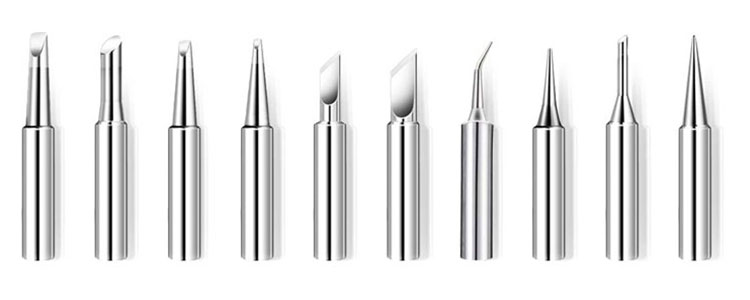
The first type of soldering iron tip is the chisel tip. Chisel tips are flat and rectangular, with a pointed end that applies heat to the components being joined. Chisel tips are versatile and can be used for a wide variety of soldering tasks, including soldering through-hole and surface-mount components. They are also easy to use and help ensure that the soldering iron can transfer heat effectively to the joined components.
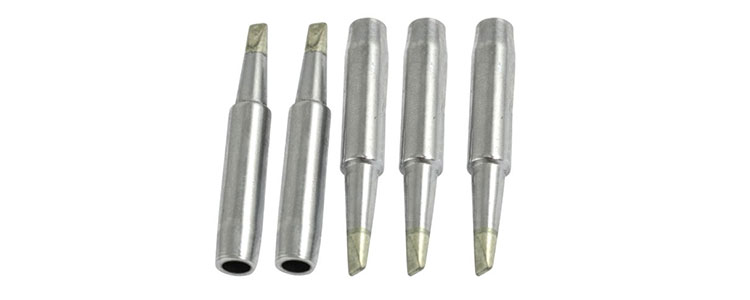
The second type of soldering iron tip is the conical tip. Conical tips are shaped like cones, with a pointed end used to apply heat to the joined components. Conical tips are commonly used for soldering small, delicate components, such as surface-mount resistors and capacitors. They are also useful for soldering in tight spaces where a larger tip might not fit.
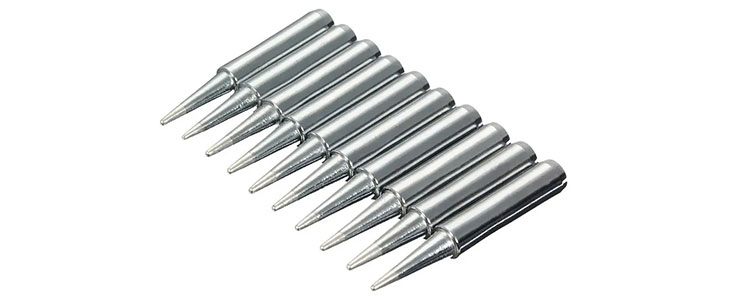
The third type of soldering iron tip is the bevel tip. Bevel tips are angled and tapered, with a pointed end used to apply heat to the joined components. Bevel tips are commonly used for soldering PCBs (printed circuit boards) and other flat surfaces and are useful for soldering in tight spaces. They are also easy to use and help ensure that the soldering iron can transfer heat effectively to the joined components.
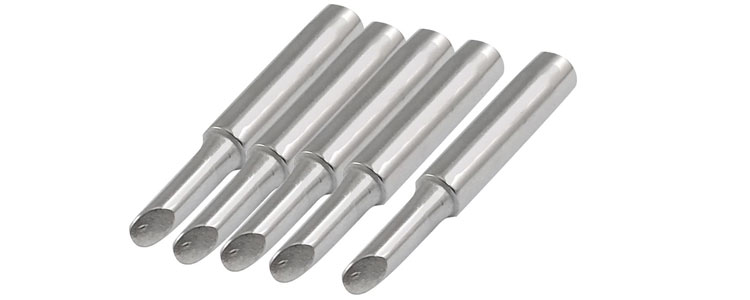
The fourth type of soldering iron tip is the fine-point tip. Fine-point tips are very small and pointed and are used for soldering very small components, such as surface-mount chips and diodes. They are also useful for soldering in tight spaces, where a larger tip might not fit. Fine-point tips are difficult to use and require a steady hand and a high skill level, but they can be very effective for soldering small, delicate components.
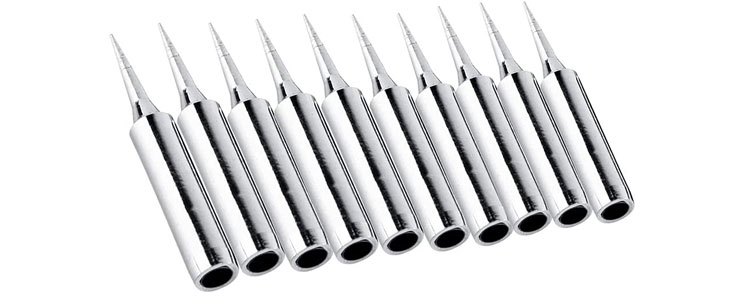
In conclusion, when choosing a soldering iron tip, it's important to consider the type of soldering work you will be doing and select a tip that is appropriate for the task. The four main soldering iron tips are chisel tips, conical tips, bevel tips, and fine-point tips, and each type has its unique characteristics and advantages. By choosing the right soldering iron tip for the job, you can help to ensure that your soldering work is successful and reliable.
In addition to choosing the right type of soldering iron tip, it's also important to choose the correct size of tip for the job. Soldering iron tips are available in various sizes, from very small fine-point tips to large chisel tips, and it's important to choose the correct size for the soldered components. Using a too-small tip can make it difficult to transfer heat to the components effectively and result in weak or unreliable joints. On the other hand, using a too-large tip can cause overheating, damage the components, and result in poor-quality soldering.
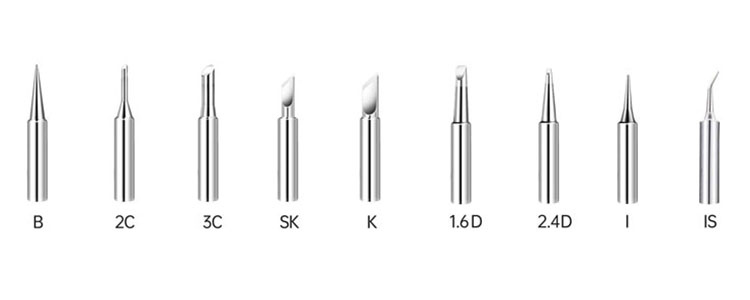
To choose the correct size of a soldering iron tip, it's important to consider the size and type of components soldered, the size and layout of the PCB (printed circuit board) or other surfaces soldered. In general, small components, such as surface-mount resistors and capacitors, will require a small tip, such as a conical or fine-point tip. Larger components, such as through-hole connectors and switches, will require a larger tip, such as a chisel or bevel tip. It's also important to consider the size and layout of the PCB or other surfaces being soldered and to choose a large enough tip to reach all of the components and connections but not so large that it causes overheating or damage.
Another important factor to consider when choosing a soldering iron tip is the type of iron you use. Different types of soldering irons are designed for use with different tips, and choosing a tip compatible with your soldering iron is important. For example, some soldering irons are designed with tips that are screwed into the iron, while others are designed for use with tips inserted into the iron and held in place with a spring. Choosing a tip compatible with your soldering iron is important to ensure that the tip is held securely and can transfer heat effectively to the soldered components.
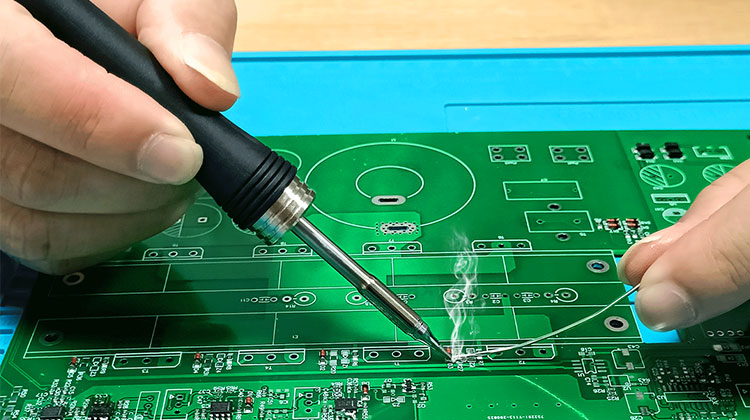
In addition to compatibility, it's also important to consider the soldering iron tip's quality when selecting. Poor-quality soldering iron tips can be made from inferior materials and are prone to damage or failure. They can also be difficult to use and difficult to achieve good-quality soldering. In contrast, soldering iron tips are made from high-quality materials designed for durability and reliability. They are also easy to use and help ensure that the soldering iron can transfer heat effectively to the joined components. By choosing a high-quality soldering iron tip, you can help to ensure that your soldering work is successful and reliable.
In conclusion, choosing the right soldering iron tip is important in ensuring that your soldering work is successful and reliable. By considering the type and size of the components being soldered, the size and layout of the PCB or other surfaces being soldered, and the type and quality of the soldering iron, you can help to ensure that you choose the right soldering iron tip for the job. By following these guidelines, you can help ensure that your soldering work is successful and reliable and can avoid the problems caused by using the wrong type or size of soldering iron tip.
Contact: Mr. Li
Phone: (0086) 138 24254 321
E-mail: atetool@atetool.com.cn
Add: 5F, 1-2# Building, Tongfuyu Industrial Zone, Aiqun Rd, Shiyan Subdistrict, Bao'an, Shenzhen, 518108, China